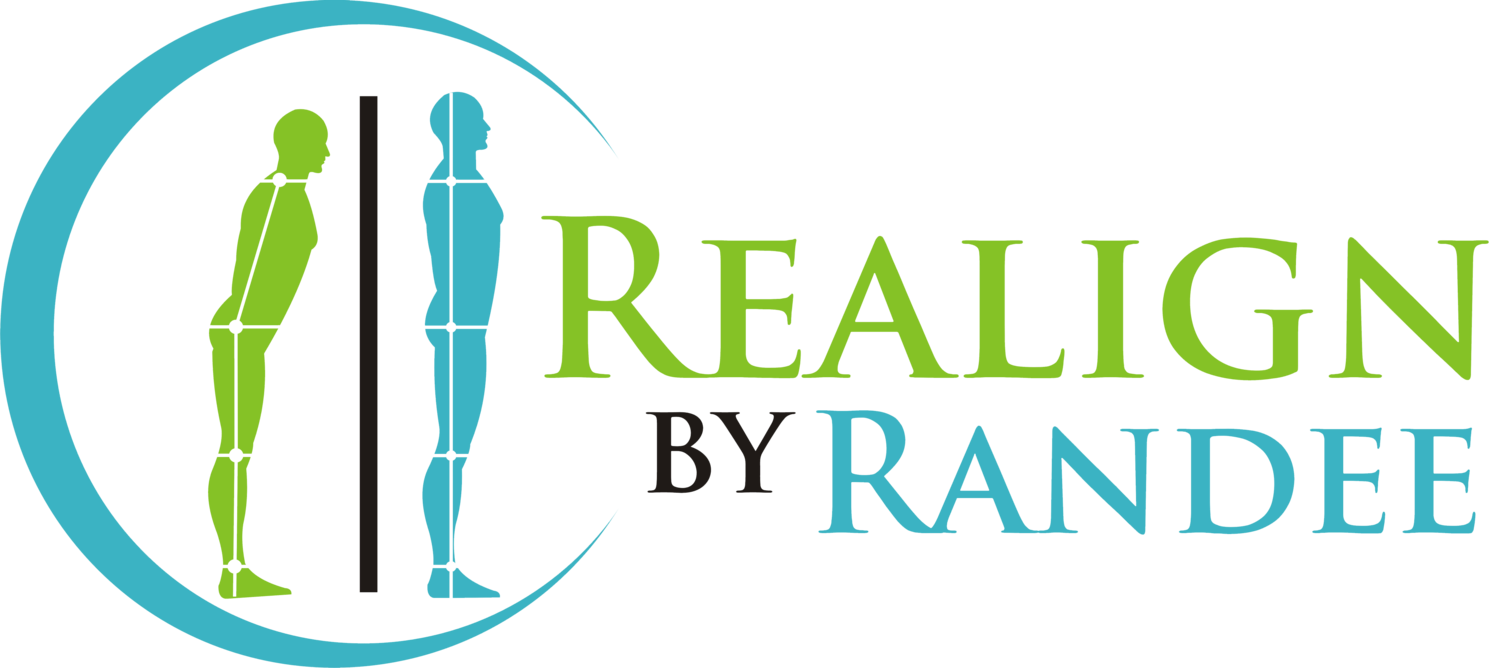Pickle-ball Preventing Injuries
Pickle-ball, the blossoming sport that combines elements of tennis, badminton, and ping-pong, has been catching on with players of all ages. It’s a fantastic way to stay active, enjoy friendly competition, and socialize with others. As with any sport, there are risks of injury. For many people the goal of playing pickle-ball is to be more active. Of course, many are concerned about injury prevention so they can stay active and not be laid up. In this blog post, we will explore the numerous benefits of playing pickle-ball, also acknowledging the potential risks of injury, and of course prevention. So, let's dive into the wonderful world of pickle-ball!
The Benefits of Pickleball:
Improved Fitness: Pickle-ball offers an excellent cardiovascular workout, helping to improve endurance, and agility. The constant movement, quick direction changes, and swinging of the paddle engage multiple muscle groups, including the legs, arms, core, and back.
Balance: The moving and quick change of direction in the sport helps to keep balance and reaction time at a higher level. Pickleball is beneficial for any age but, especially in the later decades.
Social Interaction and Community: Pickle-ball is often played in doubles format and the smaller size of court lends itself to be a more social game environment.
Brain Health: Pickleball requires strategic thinking, quick decision-making, and hand-eye coordination, making it an excellent mental workout. It is great for the mind as we age. And a great study break for teens and young adults.
The Risks of Injury:
While pickle-ball is generally considered a safe and low-risk sport, it's essential to be aware of potential injuries. More importantly also to learn how you can help decrease the risk.
Overuse Injuries: The repetitive motions involved in pickleball with one arm can lead to what are typically called overuse injuries. Common ones are, strains, tendonitis, and stress fractures.
Falls and Collisions: Quick movements and changes in direction increase the risk of slipping, tripping, and falling on the court. Collisions with other players while reaching for the ball causes some increased risk for fractures, sprains/strains, or ligament and tendon tears.
Reducing the Risks:
To minimize the risk of injuries while playing pickle-ball, consider the following precautions:
Warm-up and Stretch: Prior to playing, warm up your muscles with light cardio and perform dynamic stretching exercises to prepare your body for physical activity.
Use Proper Equipment: Wear appropriate footwear with good grip to prevent slips and falls.
Learn Proper Technique: Take the time to learn and practice correct pickleball techniques, including proper paddle grip, body positioning, and footwork.
Listen to Your Body: Pay attention to any discomfort, pain, or signs of fatigue during gameplay.
In spirit of keeping up playing pickleball consider what can you do to prevent injury. First and foremost and is look at your posture alignment. Are you bringing a mostly functional body including to the game or a dysfunctional body. Just look in the mirror or picture of yourself do you have multiple of these posture dysfunctions: forward head, rounded shoulders, hunched upper back (kyphosis), hip imbalance, feet or knees turned out or in then you are at higher risk for injuries. This is something you can influence and make changes that pay off in longevity of sport and activity.
If you would like a copy of the Realign by Randee “Pickle-ball Warm-up and Balance” Routine click here.
By practicing good posture during pickle-ball, you can enhance your performance and reduce the risk of injuries. So get out on the court, have fun, and keep your posture in check!
